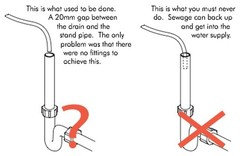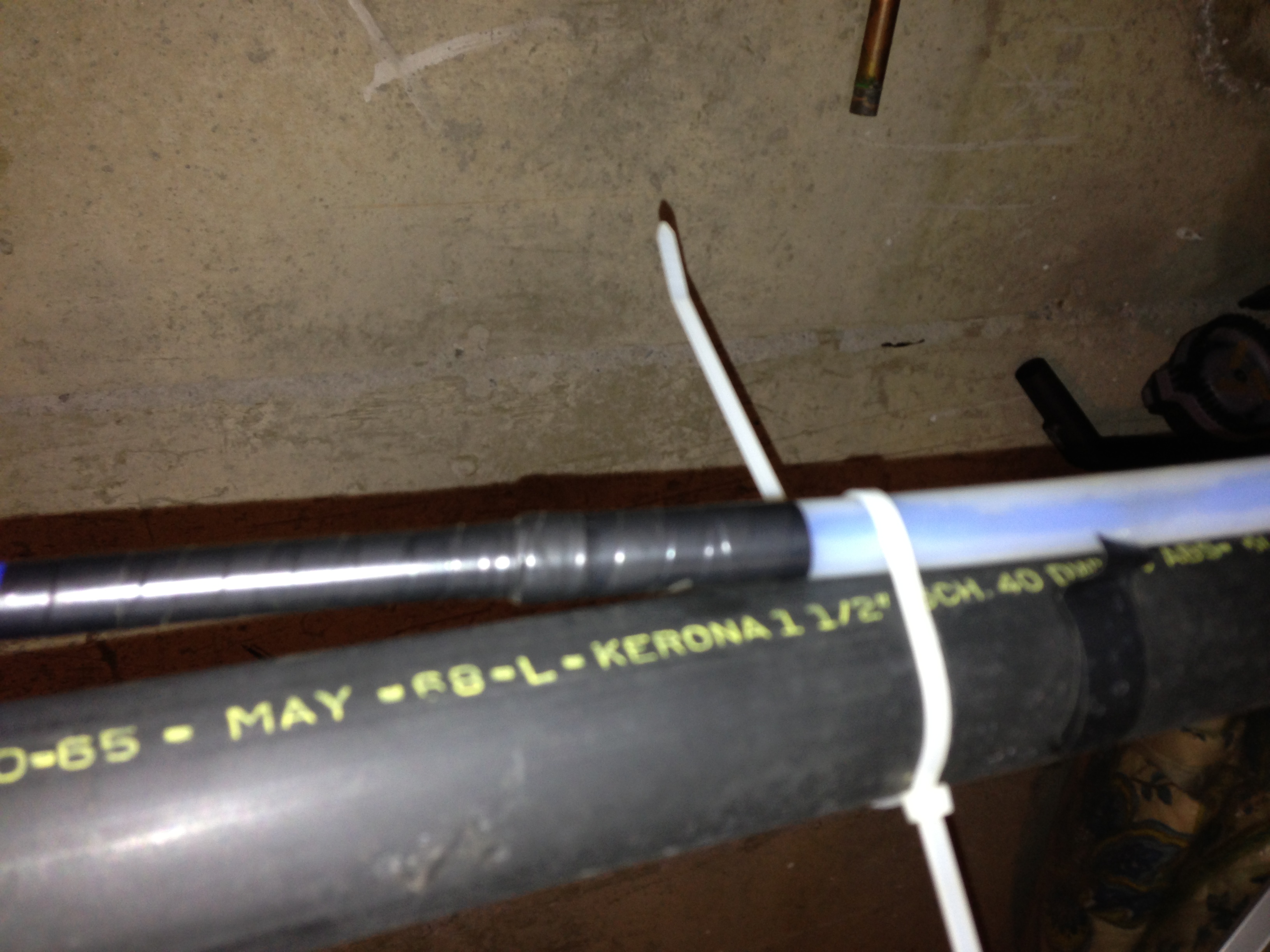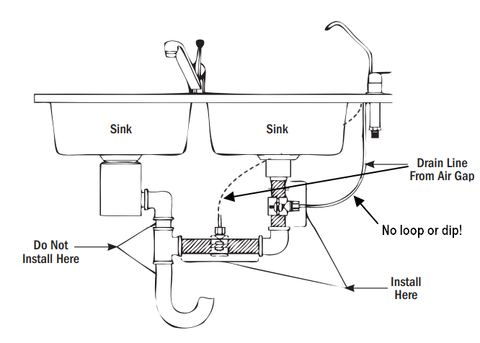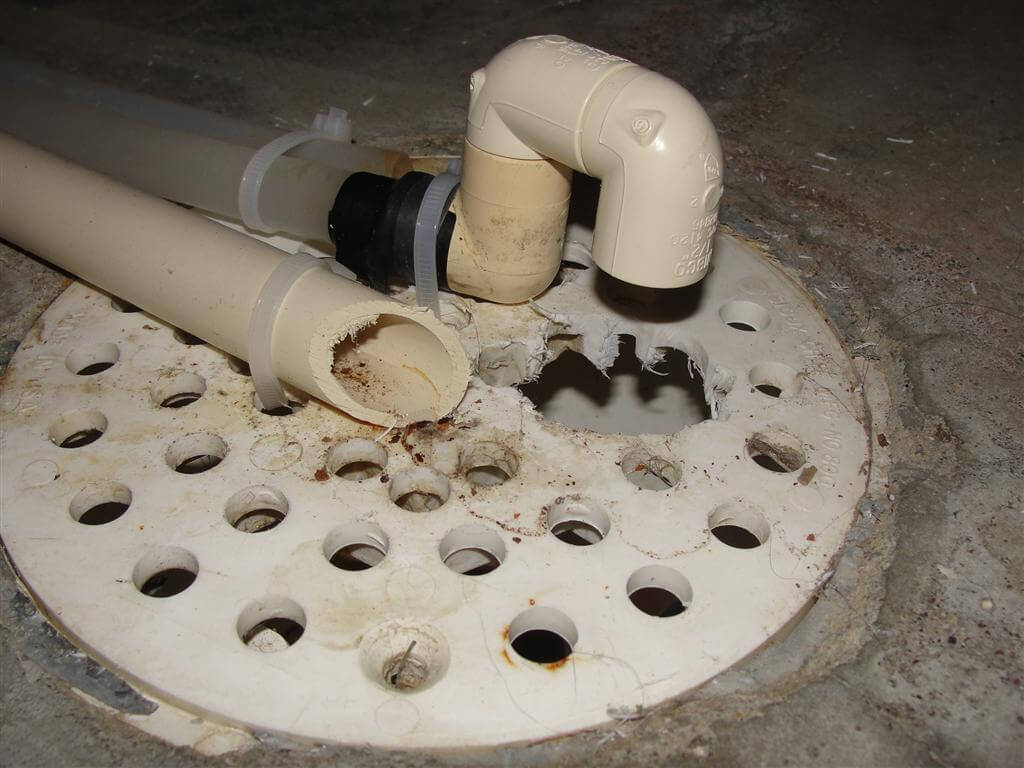By code water softeners must be emptied into a laundry sink floor drain sump hole or properly trapped special outlet preserving an air gap of at.
Water softener drain into sewer line.
On water softener service calls in minnesota we find a wide variety of drain line material being used.
Often the drain lines are run to a floor drain but you can also extend the drain line into the standpipe that also drains a washing machine or into a utility sink or sump pit.
An addition ft for every 10psi past 40.
I would like to instead drain it into the sanitary sewer.
So i am good for 8 ft.
If the floor drain connects only to a sump pit it s probably against local ordinances to drain any water that contains detergents salt or chemicals.
If the drain connects to the sewer system it s suitable for draining a washing machine water softener or basement laundry sink.
This is to prevent non potable water from flowing backwards possibly mixing and contaminating potable drinking water.
However its in basement and has to travel upward of 6 8 ft.
To hit the 1 5 pvc.
The way it is configured if he had simply run the drain line up a couple inches then 90 s it and 90 d it again so the line was in fee air above the standpipe he d have had an air gap.
In most communities it is illegal to connect the water softener drain directly to the home drain system without an air gap.
According to most plumbing codes a water softener drain line must not be connected directly to the household waste system.
The industry standard is a polypropylene drain line that is rigid yet flexible.
Many of the home improvement stores sell big box water softeners and installation kits to get them connected.
The manual says the drain can be extended upwards of 6 ft.


























